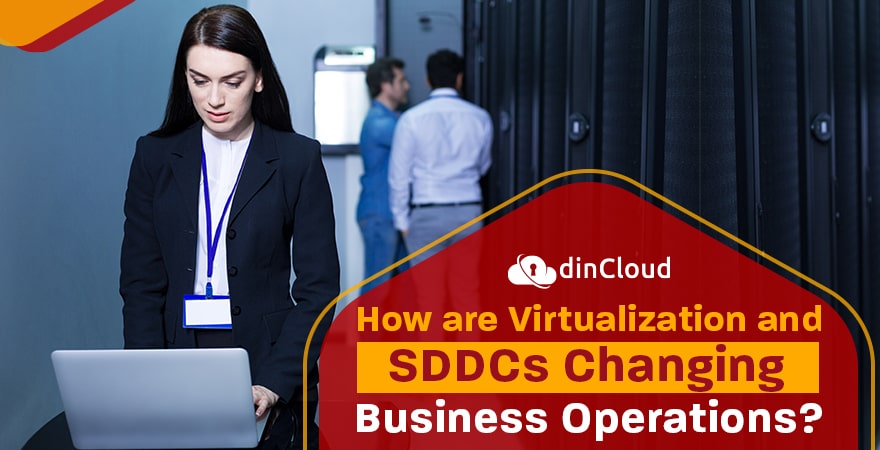The IT infrastructures of organizations have evolved at a rapid pace over the past few months. The recent global health crisis that emerged from a pandemic has forced enterprises to undertake massive IT infrastructure changes.

At the end of the day, enterprises want to enhance their agility, while also reducing operational complexity. This results in a sleek and easy to manage IT infrastructure, giving the deploying entity the much needed competitive edge.
Recently, we have observed that virtualization has proved a game-changer for enterprise operations. The ability of organizations in general and Cloud Service Providers (CSP) in particular to virtualize storage, compute and network etc. has met with great success.
Related: What is Virtualization and Types of Virtualization
Dawn of Software Defined Data Centers (SDDCs)
The capability of virtualization has enabled enterprises to deploy SDDCs, where all key components such as network, storage and servers etc. are fully virtualized. This culminates into a fully Software Defined Data Center, which has many strategic benefits.
In this post, we will discuss not only the benefits of SDDCs, but also the factors that are driving this change and how this matter should be approached.
Reduced Spend on Legacy Systems
With virtualized or Software Defined Data Centers (SDDC), organizations find themselves much more agile in terms of managing their IT infrastructures. This happens because all key components of the IT infrastructure can be managed at the software layer.
As a result, it makes sense to stop investing in legacy systems any further and divert those precious dollars towards SDDCs. According to research company IDC, the total spend on legacy systems declined by over 8% during the year 2020.
Related: Why implement server virtualization in your company?
Demand for SDDC Management Tools to Grow
In order to seamlessly manage any SDDC environment, you will need specialized management tools that will make this task a whole lot easier and simpler. The size of the global SDDC management tools market stood at around US $43 BN during 2020.
By the year 2025, it is expected that the size of the global SDDC management tools market could surpass US $ 120 BN. This translates into a Compound Annual Growth Rate (CAGR) of over 22%, making this area a prime focus of data center related service providers.
Up-Grading and Broadening of Human Capital
Traditionally, IT teams are often broken down into smaller segments, each catering to a specific set of tasks such as network, servers and storage. Generally, there is either minimal or no interface between these IT team members, as they are working in silos.
In the case of Software Defined Data Centers (SDDC) however, organizations will have to do two major things. Firstly, they will have to bring IT team members under one fold to the best extent possible and then also enhance their capabilities in this emerging field.
To pull this off, employees will need a deep understanding of virtualization, protocols and specialized SDDC management tools. Some of these aspects of developing the requisite human capital could require employers to bear the expenses for long terms benefits.
Related: Working of Server Virtualization in Cloud Computing
Process and Workload Prioritization
During the early stages of adopting SDDCs, and even later, it would be a prudent approach to prioritize the workloads or processes for this transition. It is traditionally believed that legacy systems are not a good fit for SDDC, due to complexities and inter linkages.
Conclusion
Software Defined Data Centers (SDDC) and virtualization have a key role to play in the near future, especially in the context of a speedy as well as effective digital transformation. Organizations will however need to enhance their capacity to pull this off.
Contact dinCloud for secure, reliable and cost efficient cloud solutions for your enterprise needs.


